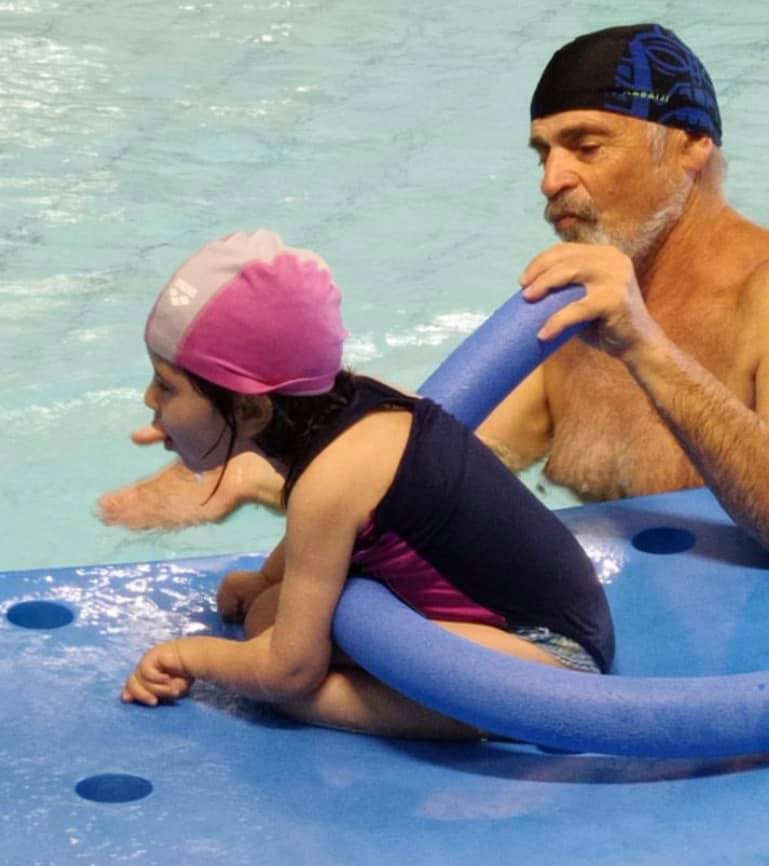
Differences between the medical (orthodox) and the holistic approaches?
The main problem of the medical (orthodox) approach is the separation of a human into parts. As we know, there are many different specialists: cardiologists, kidney specialists, urologists, and so on. Moreover, within these specialists, there are also specialists of narrower areas.
Everything in the human is connected together - one part depends on another. And what about the emotional part, conscience or genetics? All these aspects are important and they form a whole complex together. That’s why the method of Aquananda has a holistic approach to the problem. A person who is engaged in a holistic approach must be a “global specialist” and look on a problem from different sides - from the emotional part and the mental one.
This is the main difference. Medicine examines a person in parts, and after that gives the ways of treatment. For example, a person has heart problems, he will be treated with medicines, but there is also a psychological part - from which it hurts. The problem must be viewed as a whole, as a system. When we understand and see everything as a whole, we’ll find out that one symptom is a part of something else, a part of something bigger. By using the holistic approach, we can solve the big problem and treat it as a part of the general system.
In a holistic approach, we mobilize the strength of the body for overall recovery, as well as for a positive outlook on life, while in the traditional medical approach, we treat symptoms.
It’s much easier to prepare highly specialized specialists than to make specialists who see the whole problem and solve it comprehensively. Medicine has gone in this direction.
Aquananda Academy method, as a vital space recovery experience in water at a controlled temperature, facilitates preparation and movement opportunities of the patient to the passage of physiotherapy on the ground, improving muscle tone, respiratory performance and general well-being.
What Do You Know About “Aquatic Therapy”?

